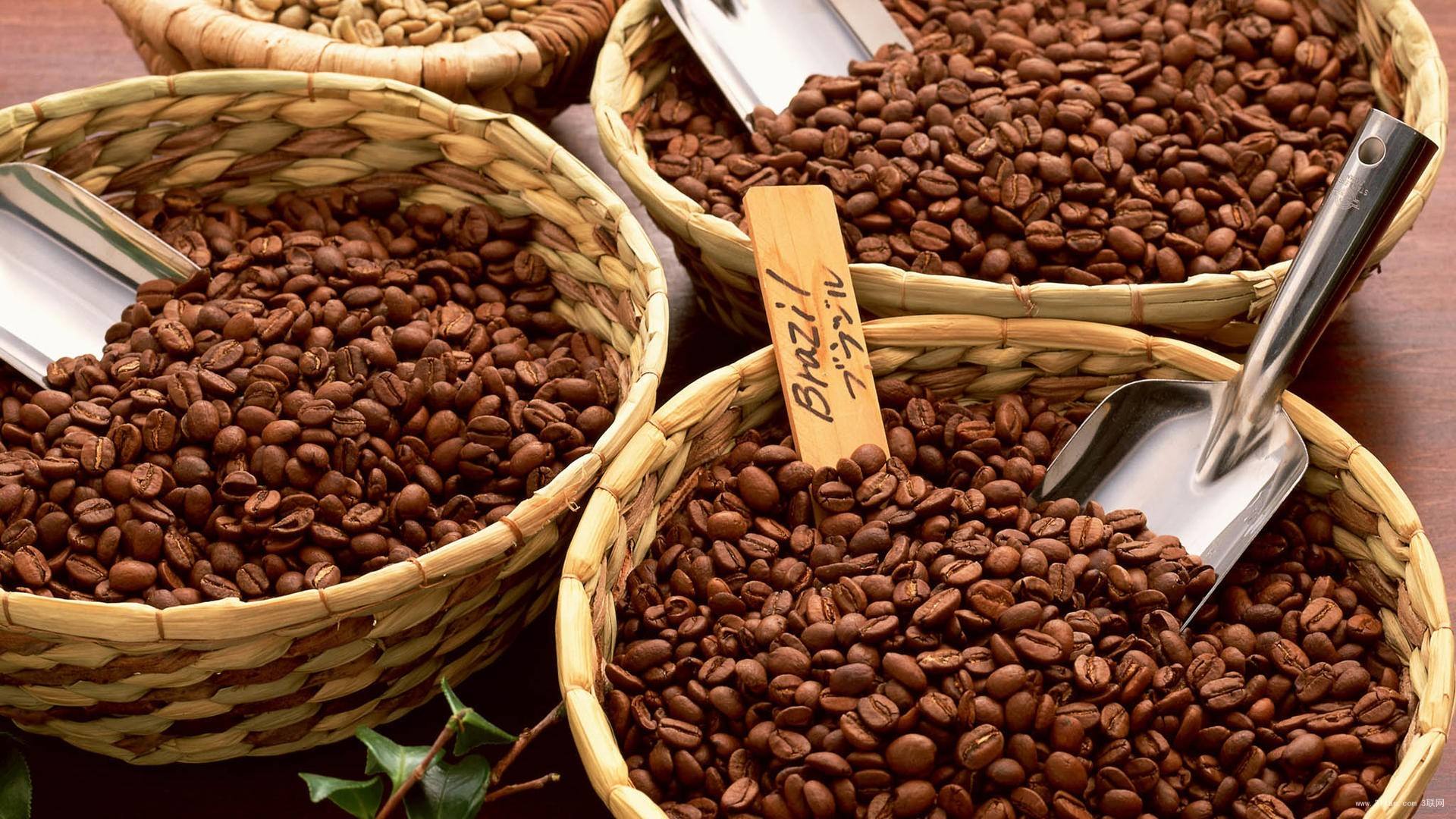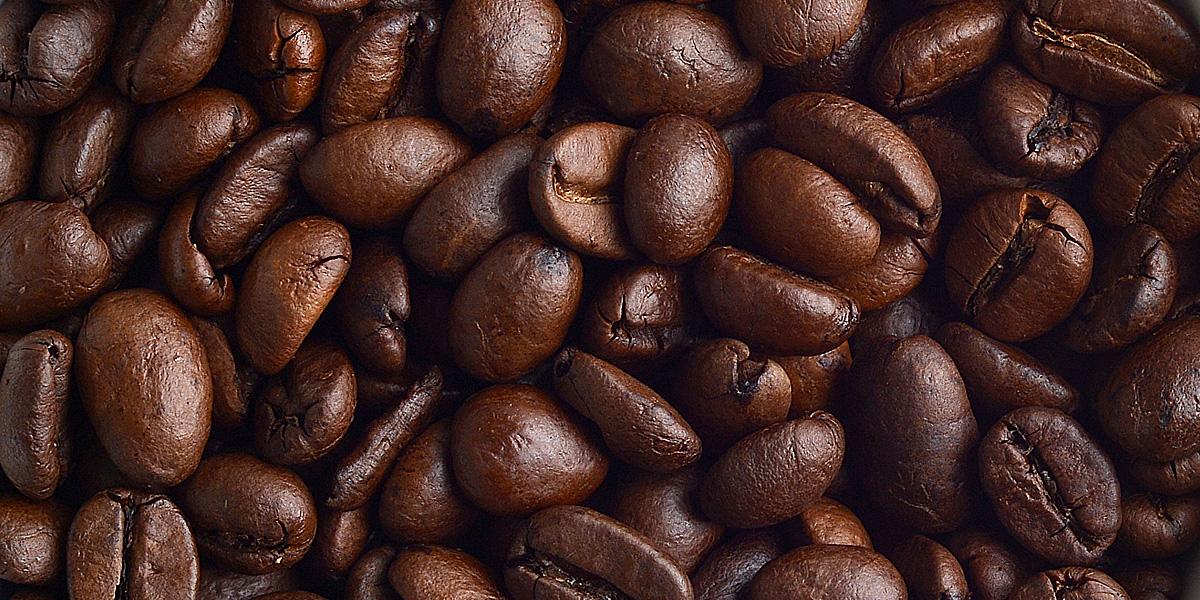Introduction of Yemeni mocha coffee beans and characteristics of Yemeni mocha coffee beans
Follow the caf é (Wechat official account vdailycom) and found that Beautiful Cafe opened a small shop of its own.
Coffee is one of the traditional agricultural products in Yemen, which has been famous all over the world for its unique flavor since ancient times. the origin of many coffees in the world is in Yemen, thanks to the special geographical location of Yemen. In Yemen, coffee grows mainly between 1000 and 1700 metres above sea level, and is grown everywhere from the plateau to high mountain terraces and valleys, particularly in the western mountains, where coffee trees are planted at a rate of 1000 to 1000 trees per hectare and coffee production rates are 300,600kg per hectare. Coffee from different regions has different qualities. In the past, Yemenis invested heavily in coffee cultivation and trade, and "mocha" coffee used to be the largest export at the port. According to the Ministry of Agriculture, Yemeni coffee production was 7000 tons in 1997, 13000 tons in 2002 and 19000 tons in 2009, with an export value of 2.7 billion rials (about US $13.4 million).
Today, many cafes in Yemen are filled with a variety of modern drinks, many wealthy Yemenis also ignore national products, are not interested in traditional coffee, and even many former cafes no longer serve coffee. In addition, Carter, who has grown a lot in recent years, has also become the "natural enemy" of Yemeni coffee. The planting area of coffee is decreasing, while Carter trees are spread all over the country, mainly compared with coffee. Carter consumer groups in Yemen are huge, and for growers, it is much more profitable.

The Origin of mocha Coffee in Yemen
In Yemen, the origin of coffee is very wide, and these coffees have their own characteristics from quality to taste, but they are collectively called mocha coffee because they have historically been shipped and exported from the Yemeni port of Mocha to markets around the world. The port of Mocha is located on the coast of the Red Sea north of the Mande Strait, about 100 kilometers by land from Aden. In addition, coffee grown in countries such as Ethiopia in the northeast corner of Africa is of the same origin as Yemeni coffee, so it is also known as mocha coffee.
Yemen is the first country in the world to grow coffee on a large scale and has a long history. As early as the beginning of the 6th century, when coffee spread from the Horn of Africa to Yemen, Yemenis began to grow coffee as a cash crop.
The international trade in mocha coffee began in the early 16th century, when the Turkish royal family began to drink mocha coffee from Yemen. There are also records of mocha coffee in the archives of Portuguese merchant ships in the 17th century. After a long voyage, Portuguese sailors came to the port of Mocha on the coast of the Red Sea to resupply. The leaders of the local tribe entertained them with a black drink that the Portuguese had never seen before. the drink was unique and exhilarating and popular with sailors.
Coffee producing areas in Yemen:
Beans and berries produced in Yemen (Peaberrybean): this coffee bean is smaller and rounder than most coffee beans and looks like peas, sometimes called mocha coffee beans. Mocha beans are similar in shape to Ethiopia's Harrar coffee beans, with small particles, high acidity and a strange and indescribable spicy flavor. Taste carefully, but also can distinguish a little chocolate flavor, so the attempt to add chocolate to coffee is a very natural process of development.
In Yemen, coffee growers plant poplars to provide shade for coffee trees to grow. As in the past, these trees are planted on steep terraces to maximize the use of less rainfall and limited land resources. In addition to the Tippika Coffee Tree and the Bourbon Coffee Tree, more than a dozen different coffee species native to Ethiopia are grown in Yemen. Authentic mocha coffee is only produced in the Republic of Yemen in the southwest of the Arabian Peninsula, grows on steep hillsides at elevations of 3, 000 to 8, 000 feet, and is the oldest coffee in the world.
Mokamadali (Mokha Mattari): the most famous coffee market name in the province of Bani Mattar (another word for Bany Mattar) from the western part of the Yemeni capital Sana'a. Coffee is produced at high altitude, usually with a good aroma of red wine, dry fruit, thick taste, deep-roasted and often bitter sweet chocolate. Good quality Madali beans are small in shape, with sweet wine and moderate ripe fruit fermentation flavor of raw beans. Always the winner because of the more obvious Yemeni style.
Mokha San'ani: a widespread market name for coffee from some growing areas west of the Yemeni capital Sana'a. It is a mixture of beans from tens of thousands of small farms on the hillside near the capital San'a (left, Sana'a, Yemen). Planted at a slightly lower altitude than Madali, generally speaking, it tastes thinner and less acidic, but it has a good fruit flavor and often has better ripe fruit and wild game than Madali. According to my experience, the quality of Sanani varies greatly in recent years, and sometimes there are inferior goods with flat flavor, fishy smell and excessive fermented flavor. Careful cup testing and selection is a must for coffee makers to do their homework and must not be lazy.
Mokha Ismaili: one of the traditional ancient tree species, the market name of a famous coffee from central Yemen is also described as a plant classification of traditional Yemeni coffee with high beverage quality. Planted at a high altitude of more than 6500 feet, the beans are characterized by a more round shape, smaller beans than Madali, thick taste and high complexity. In general, they often outperform Madali. This is the least produced and most expensive Yemeni mocha (Yemeni mocha is no longer cheap). The high-quality Mokayishi Mary is produced in Hirazi (although it is famous as Bani Matar, it is the best-known local reputation in Yemen). The highest elevation in Hirazi is 8000 feet.
Mokha Rimi: produced in the Djebel Remi (also known as Raimi, Rayma) area, the quality is similar to that of Shannani, which is usually slightly fermented, occasionally with surprisingly strong sweet aromas of raisins, and when roasted properly, the coffee beans smell like opening a full-bodied bottle of jam.
Mokha Yafeh: produced in the southern Yemeni province of Yafeh (also known as Yaffe), it belongs to the uncommon Yemenmoka. It is the only "southern flavor" in Yemen, and its production is small. Almost all of it is sold to the neighboring United Arab Principality, and it is rarely seen in the international boutique coffee market.
Arabian mocha: a coffee of single origin in the mountains of Yemen from the southwestern tip of the Arabian Peninsula bordering the Red Sea. The best cultivated coffee in the world is famous for its high viscosity and special acidity of rich wine.
The Yemeni mocha has achieved different genres according to the planting areas, such as the chocolate and sour taste of the MATTARI mocha, and the rough and fragrant taste of the SANANI mocha.
Important Notice :
前街咖啡 FrontStreet Coffee has moved to new addredd:
FrontStreet Coffee Address: 315,Donghua East Road,GuangZhou
Tel:020 38364473
- Prev

The origin of coffee in Yemen, the characteristics of coffee in Yemen
Following Cafe (official Wechat account vdailycom) found that Beautiful Caf é opened a small shop in Yemen where coffee is grown: Yemeni coffee beans (Peaberrybean): smaller and rounder than most, these beans look like peas, sometimes known as mocha coffee beans. The shape of mocha coffee beans is similar to that of Ethiopia's Harrar.
- Next

Yemeni mocha coffee culture, Yemeni mocha matali coffee beans
Yemeni mocha Coffee Culture Yemeni mocha is one of the oldest coffee in the world, but until recently, Yemeni mocha has come to be regarded as one of the best and most delicious coffee in the world. Mocha coffee, which has a long history, is synonymous with coffee. Its unique aroma and sour taste have deeply attracted many coffee lovers. The name of mocha coffee comes from mocha in Yemen, which
Related
- Detailed explanation of Jadeite planting Land in Panamanian Jadeite Manor introduction to the grading system of Jadeite competitive bidding, Red bid, Green bid and Rose Summer
- Story of Coffee planting in Brenka region of Costa Rica Stonehenge Manor anaerobic heavy honey treatment of flavor mouth
- What's on the barrel of Blue Mountain Coffee beans?
- Can American coffee also pull flowers? How to use hot American style to pull out a good-looking pattern?
- Can you make a cold extract with coffee beans? What is the right proportion for cold-extracted coffee formula?
- Indonesian PWN Gold Mandrine Coffee Origin Features Flavor How to Chong? Mandolin coffee is American.
- A brief introduction to the flavor characteristics of Brazilian yellow bourbon coffee beans
- What is the effect of different water quality on the flavor of cold-extracted coffee? What kind of water is best for brewing coffee?
- Why do you think of Rose Summer whenever you mention Panamanian coffee?
- Introduction to the characteristics of authentic blue mountain coffee bean producing areas? What is the CIB Coffee Authority in Jamaica?

